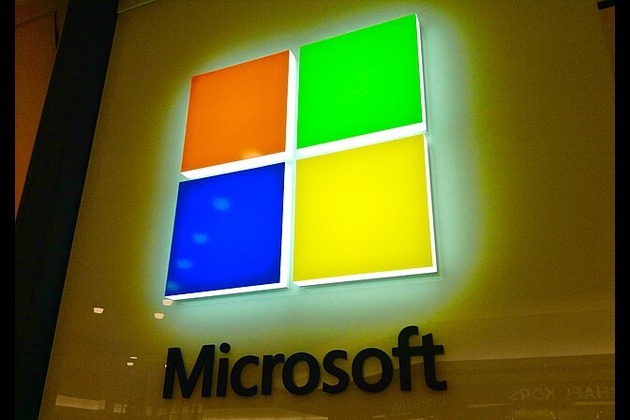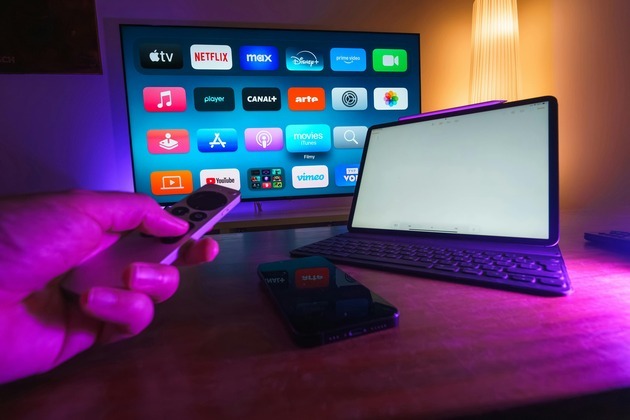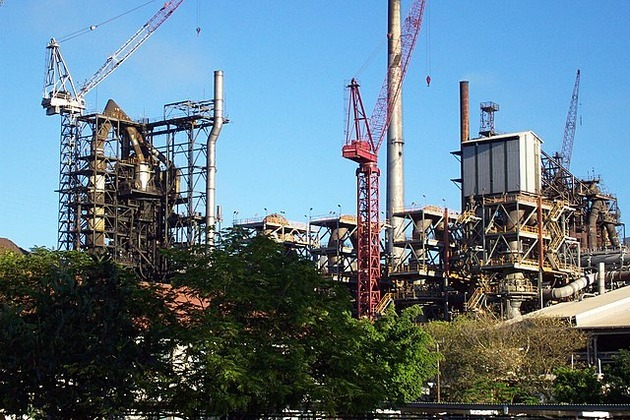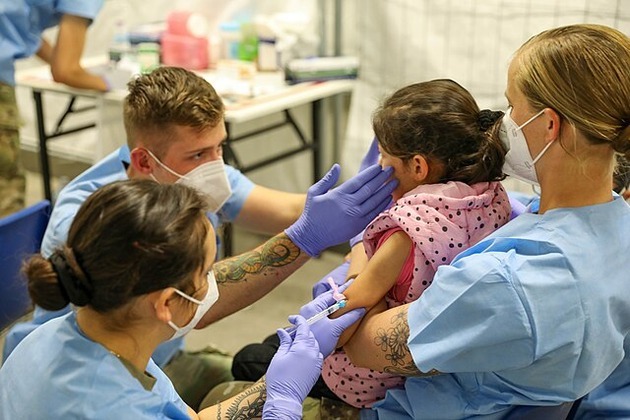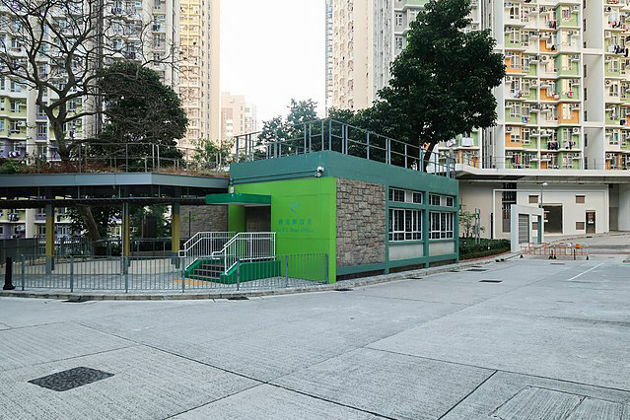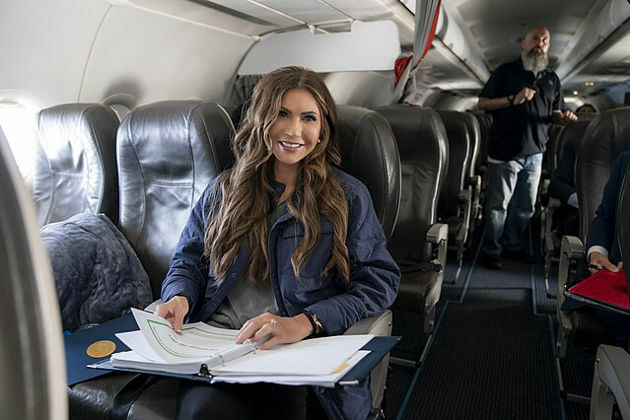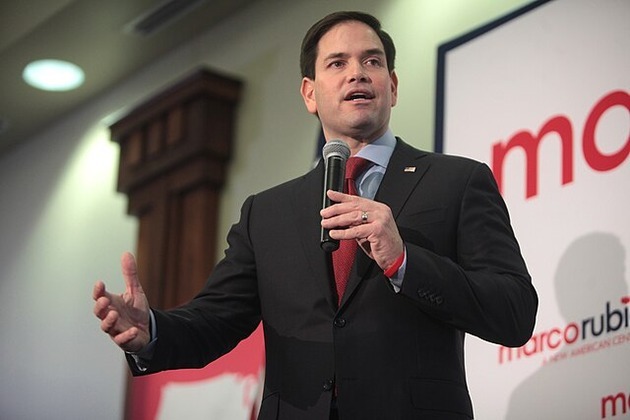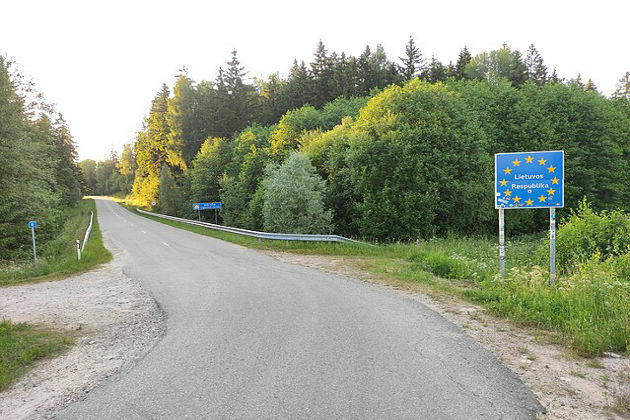Autonomous vehicle services: The future has a long and winding road
Independent Australia
15 Sep 2021, 04:22 GMT+10
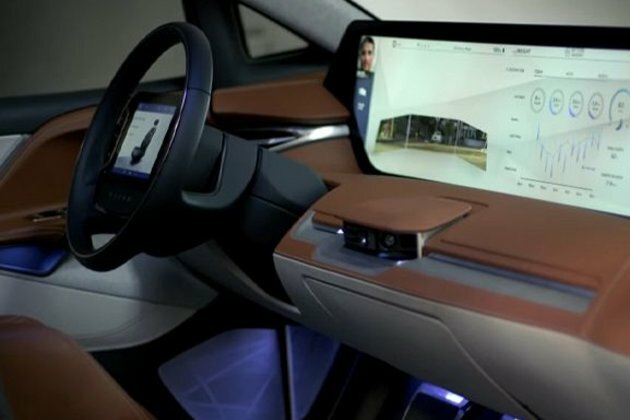
Automated vehicles will provide many benefits to drivers and the transport industry, but there is still a way to go before the technology is ready. Paul Budde reports.
AROUND 20 YEARS AGO, the Federal Communication Commission (FCC) in the USA allocated 75 MHz (5.85-5.925 GHz) to Intelligent Transportation Systems. This led to the dedicated short-range communications (DSRC) standard, 802.11p, which is a tweak of 802.11a. Approximately zero cars adopted it. There were demo projects and some roadside units were built, but it never came within a few orders of magnitude of reaching critical mass.
Then the industry became confused by the mobile operators pushing 5G. A few years ago, the mobile operators in Germany indicated that to develop an autonomous system in Germany, the car manufacturers had to become co-investors in 5G infrastructure. They flatly refused and that was a clear sign that a mobile industry-led 5G approach was dead in the water for V2X applications.
It will be the car manufacturers who will be driving the standards issue. If they fail to do so, regulations will be imposed on them. Of course, it will take decades before a fully autonomous vehicle system can operate, but I am sure that we will be moving in this direction.
In the meantime, 5 GHz Wi-Fi exploded, but a 160 MHz 802.11ax signal could not fit into 5.725-5.85 GHz. So, in late 2020, the FCC in the U.S. reallocated 5.85-5.895 to unlicensed use, gave a sunset to DSRC and left 5.895-5.925 for Cellular Vehicle-to-Everything (C-V2X) technology.
What Australia can learn from electric vehicle policies in Indonesia
The car companies were enraged. They had 75 MHz and now only have 30 MHz. They do want to use C-V2X rather than DSRC. The FCC normally lets spectrum users change technologies rather easily, but under the Trump Administration, this was not continued. My colleague, Fred Goldstein, told me that there are multiple appeals and petitions by the transportation sector to overturn the FCC's move and the U.S. Department of Transportation opposes it, too - though they are highly unlikely to go anywhere.
The car companies do need a lot more broadband capacity for V2V communication and even more for V2X (X namely being the roadside), to prevent accidents and allow self-driving vehicles to exchange video with each other. So now the industry has a solid 30 MHz for V2X in the U.S., the question now is will they use it?
The mobile carriers simultaneously used autonomous vehicles and vehicle safety as a reason for their entry into this business. But the cars on the road are more likely to be fully autonomous, using the vehicle radar spectrum allocated at 76-81 GHz. And the FCC has just tweaked the rules to allow more powerful field disturbance sensors inside vehicles on the 57-64 GHz (unlicensed) band for functions including autonomous vehicles operation and detecting unattended children left in cars.
Several car companies (Ford, BMW, Audi, Mercedes, Volvo, Cadillac, Porsche and Tesla) have endorsed C-V2X (which includes V2V non-cellular modes that do not depend on having coverage everywhere). However, it will be able to also use 5G when sufficient infrastructure becomes available.
Support for the C-V2X technology is gaining momentum for the following reasons:
- many cars already have cellular connectivity, for on-board diagnostics and software updates, and in-car entertainment (WiFi hotspots);
- since there is never going to be complete DSRC coverage for V2I (roadside), cellular connectivity is needed anyway; and
- it looks like car companies want to be part of the subscription model, particularly as vehicle lifetime increases - you will pay $X/month and get a package of services like software updates, concierge/emergency services like OnStar and V2X, with the cellular connectivity.
The Coalition's foolhardy war on electric cars
An early application could look like this, when a car is aware of upcoming traffic issues such as road works, congestion or accidents, it can take pre-emptive action such as slowing down or suggesting a different route. This can help boost traffic safety for people inside the car while avoiding start-and-stop traffic improves efficient energy use.
Other examples include the possibility for cars to find open parking spots easier with the help of traffic cameras. While this will be some time away, cars may also communicate with traffic lights to establish an optimal speed and create a so-called "green wave" and with each other to optimise safe exits and entries from and onto highways.
The new technology is also being tested in Australia:
The Advanced Connected Vehicles Victoria (ACV2) project is a partnership led by Telstra and Lexus Australia and is funded by a $3.5 million grant from the State Government's Connected and Automated Vehicle Trial Grants Program, which supports a range of initiatives to benefit road safety on roads across Victoria.
The Victorian Department of Transport and Transport Accident Commission (TAC) partnered with Bosch (Australia) and trailed a highly automated driving system and connectivity features on Victorian rural roads.
The Queensland University of Technology (QUT) undertook a study to investigate the infrastructure needs of automated vehicles now and in the future. The study methodology included training state-of-the-art artificial intelligence (AI) algorithms to help accurately localise the vehicle and recognise Australian road signs, road lines and traffic lights.
Paul Budde is an Independent Australia columnist and managing director of Paul Budde Consulting, an independent telecommunications research and consultancy organisation. You can follow Paul on Twitter @PaulBudde.
Related Articles
 Share
Share
 Tweet
Tweet
 Share
Share
 Flip
Flip
 Email
Email
Watch latest videos
Subscribe and Follow
Get a daily dose of Knoxville Times news through our daily email, its complimentary and keeps you fully up to date with world and business news as well.
News RELEASES
Publish news of your business, community or sports group, personnel appointments, major event and more by submitting a news release to Knoxville Times.
More InformationBusiness
SectionAI saves $500 million for Microsoft as layoffs reshape strategy
REDMOND, Washington: Artificial intelligence is transforming Microsoft's bottom line. The company saved over US$500 million last year...
FTC’s rule to ease subscription cancellations struck down by court
WASHINGTON, D.C.: A federal rule designed to make it easier for Americans to cancel subscriptions has been blocked by a U.S. appeals...
Musk’s X loses CEO Linda Yaccarino amid AI backlash, ad woes
BASTROP, Texas: In a surprising turn at Elon Musk's X platform, CEO Linda Yaccarino announced she is stepping down, just months after...
Ex-UK PM Sunak takes advisory role at Goldman Sachs
NEW YORK CITY, New York: Former British prime minister Rishi Sunak will return to Goldman Sachs in an advisory role, the Wall Street...
Gold ETF inflows hit 5-year high as tariffs drive safe-haven bets
LONDON, U.K.: Physically backed gold exchange-traded funds recorded their most significant semi-annual inflow since the first half...
PwC: Copper shortages may disrupt 32 percent of chip output by 2035
AMSTERDAM, Netherlands: Some 32 percent of global semiconductor production could face climate change-related copper supply disruptions...
International
SectionCDC: US records 1,288 measles cases, most since 1992 outbreak
ATLANTA, Georgia: The United States is facing its worst measles outbreak in more than three decades, with 1,288 confirmed cases so...
Gaza War sucking life out of an Israeli generation
In the past month alone, 23 Israeli soldiers have been killed in Gaza—three more than the number of remaining living hostages held...
Faulty IT system at heart of UK Post Office scandal, says report
LONDON, U.K.: At least 13 people are believed to have taken their own lives as a result of the U.K.'s Post Office scandal, in which...
Travelers can now keep shoes on at TSA checkpoints
WASHINGTON, D.C.: Travelers at U.S. airports will no longer need to remove their shoes during security screenings, Department of Homeland...
Rubio impersonator used AI to reach officials via Signal: cable
WASHINGTON, D.C.: An elaborate impersonation scheme involving artificial intelligence targeted senior U.S. and foreign officials in...
Warsaw responds to migration pressure with new border controls
SLUBICE, Poland: Poland reinstated border controls with Germany and Lithuania on July 7, following Germany's earlier reintroduction...

